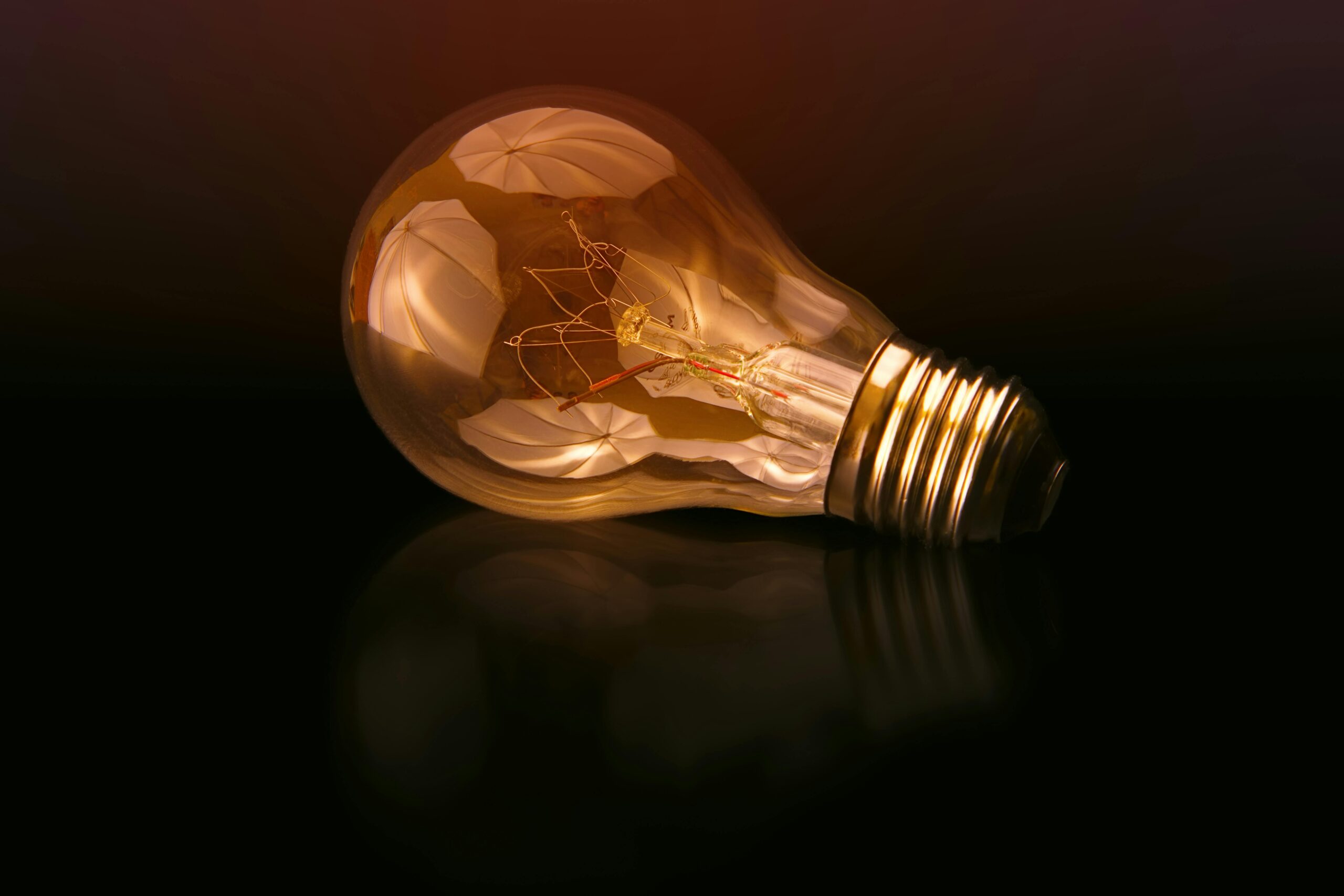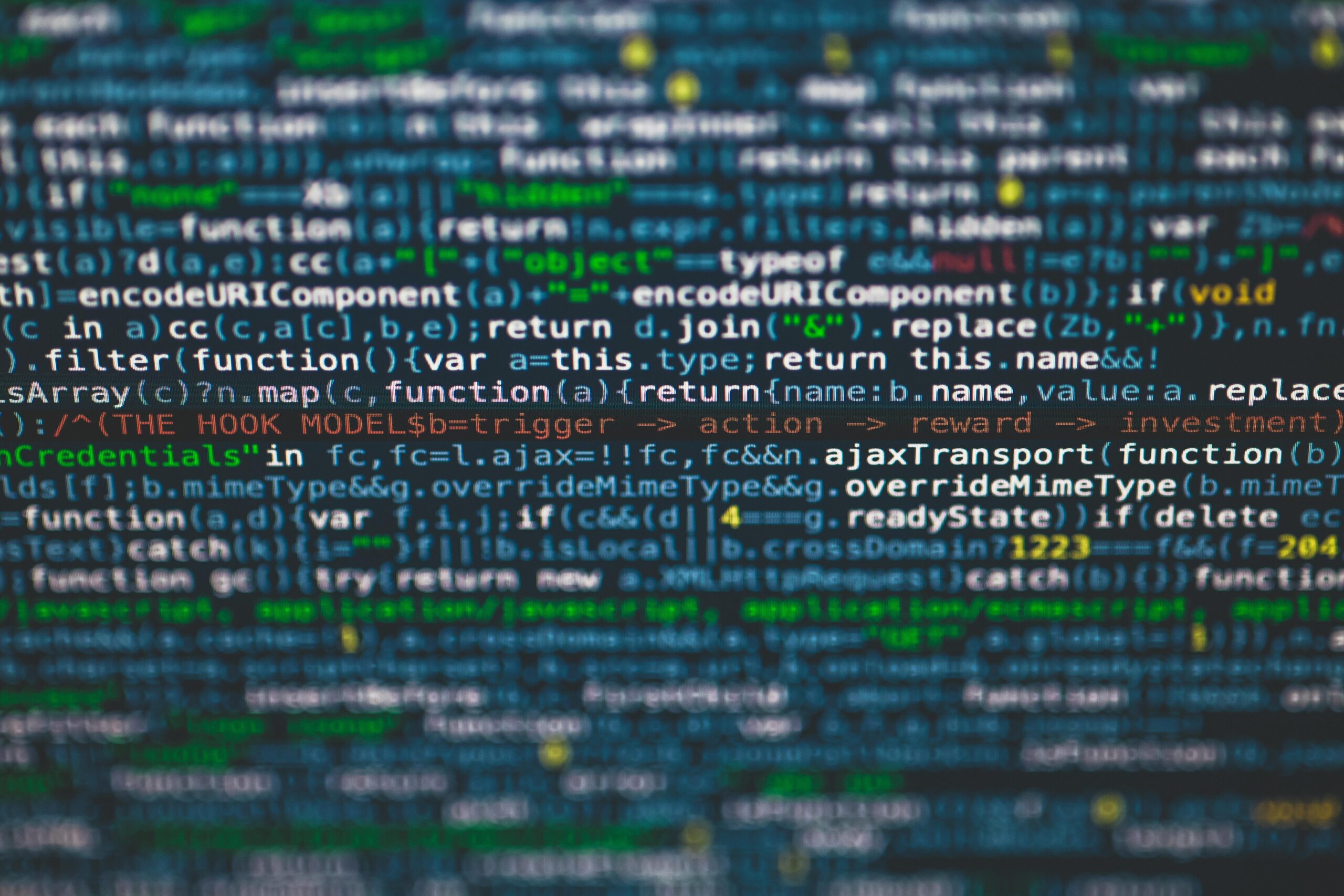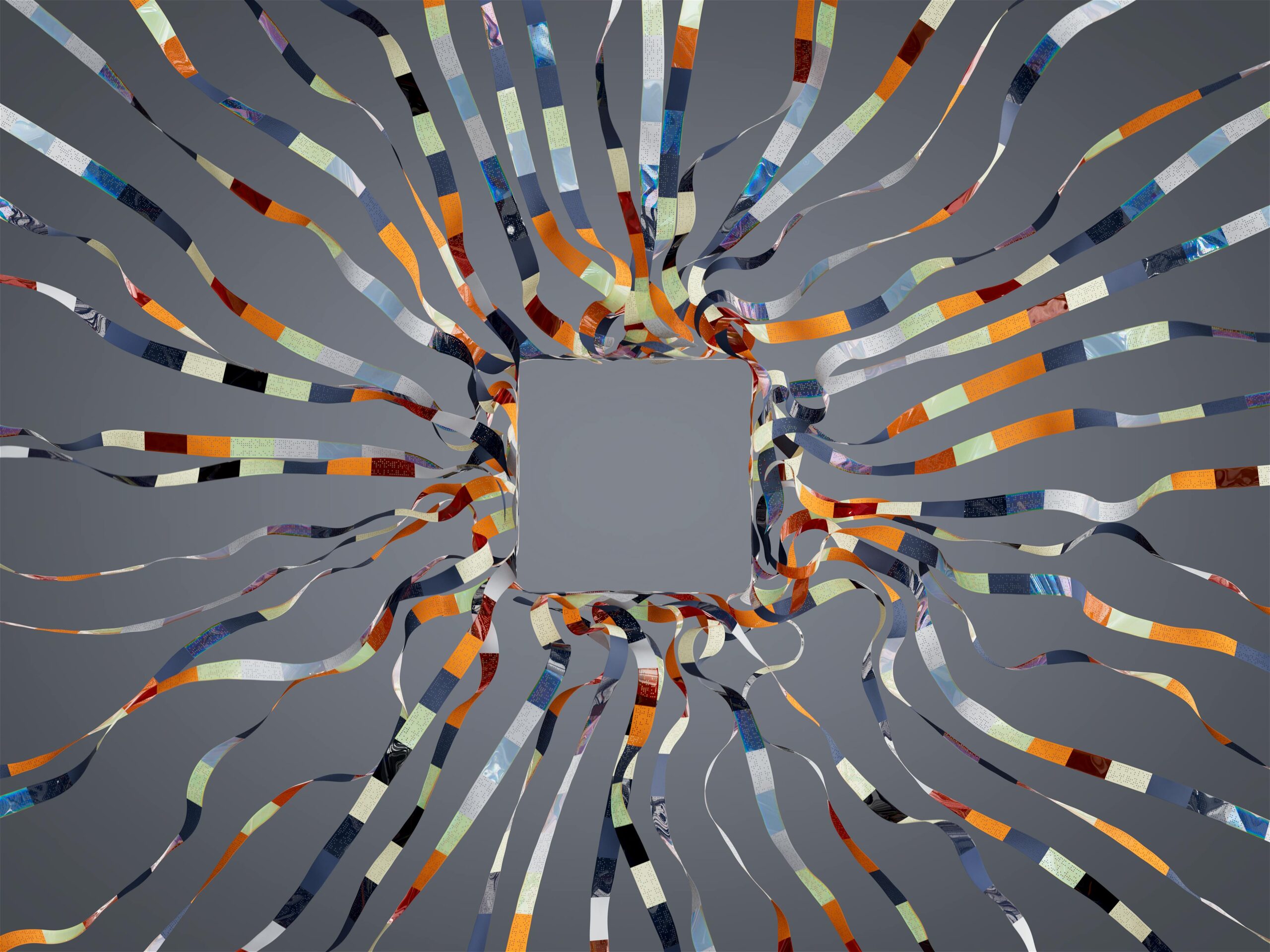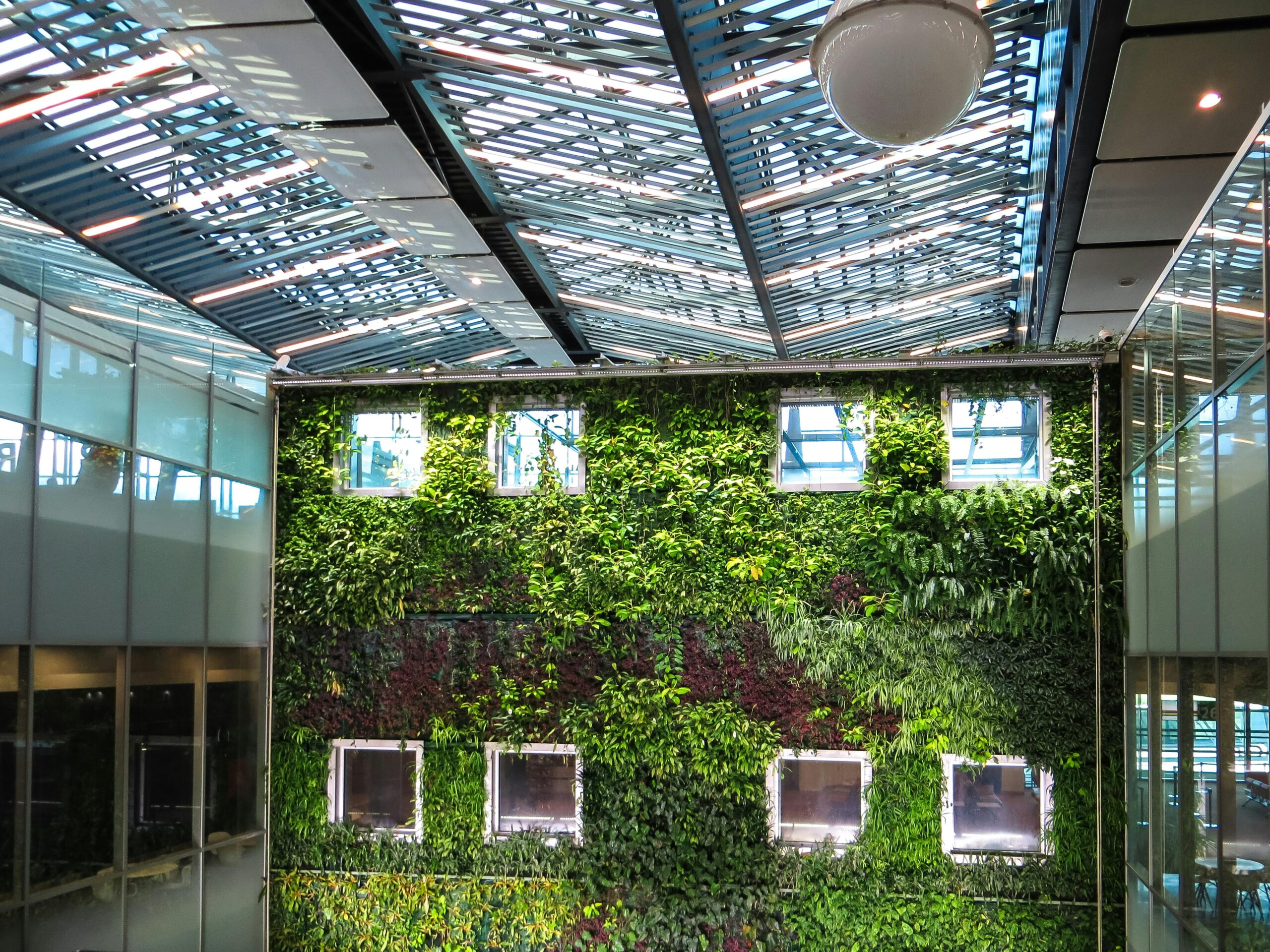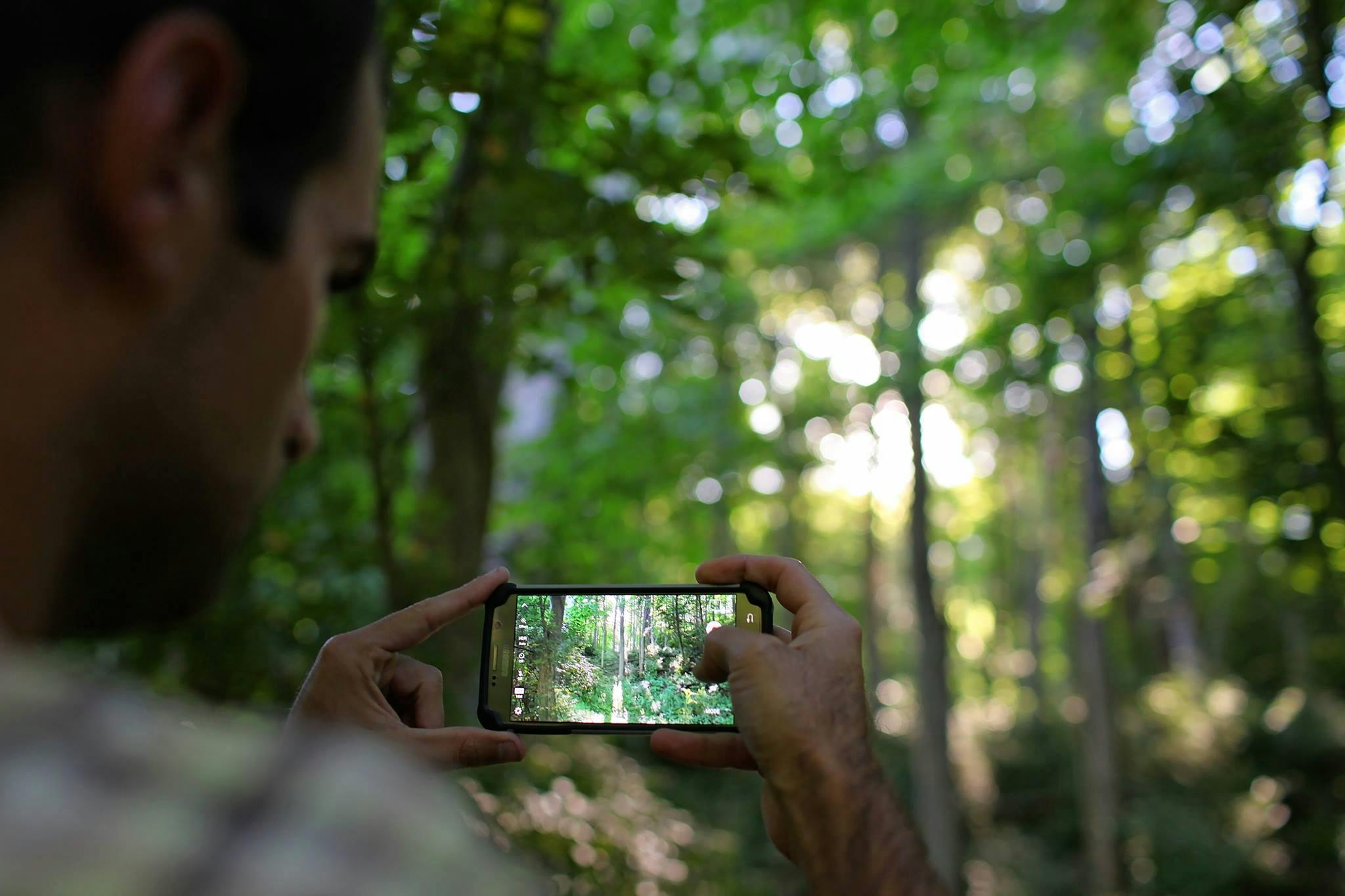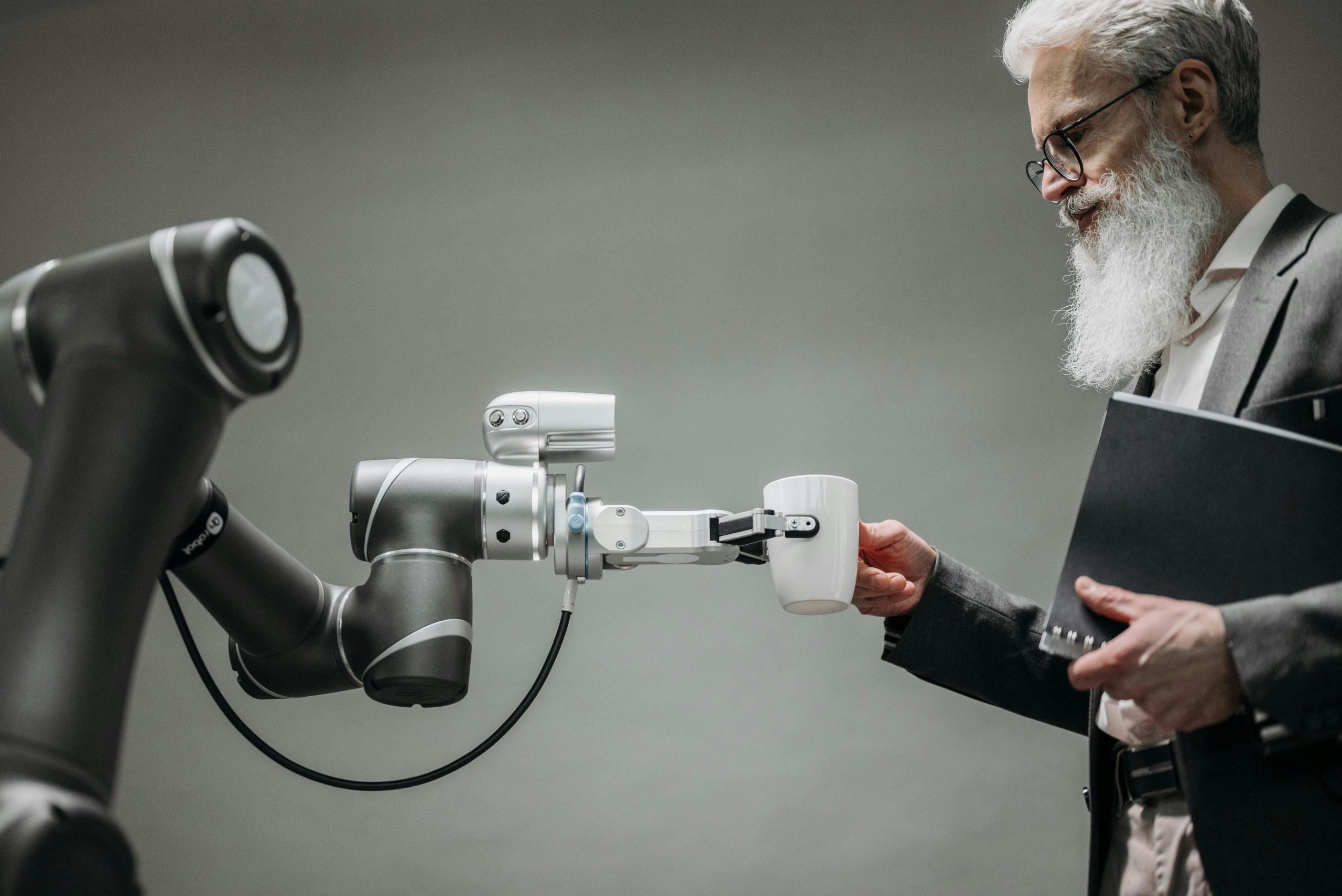Design for Excellence
Design for excellence (DfX) is a systematic and proactive approach to design that uses the knowledge and experience of experts in other parts of the product development process (test, manufacturing, operations, support, etc.) to ensure the final product can be realized at reasonably low life cycle cost while still meeting reliability, quality, durability, and customer expectation targets. DfX … Read more

